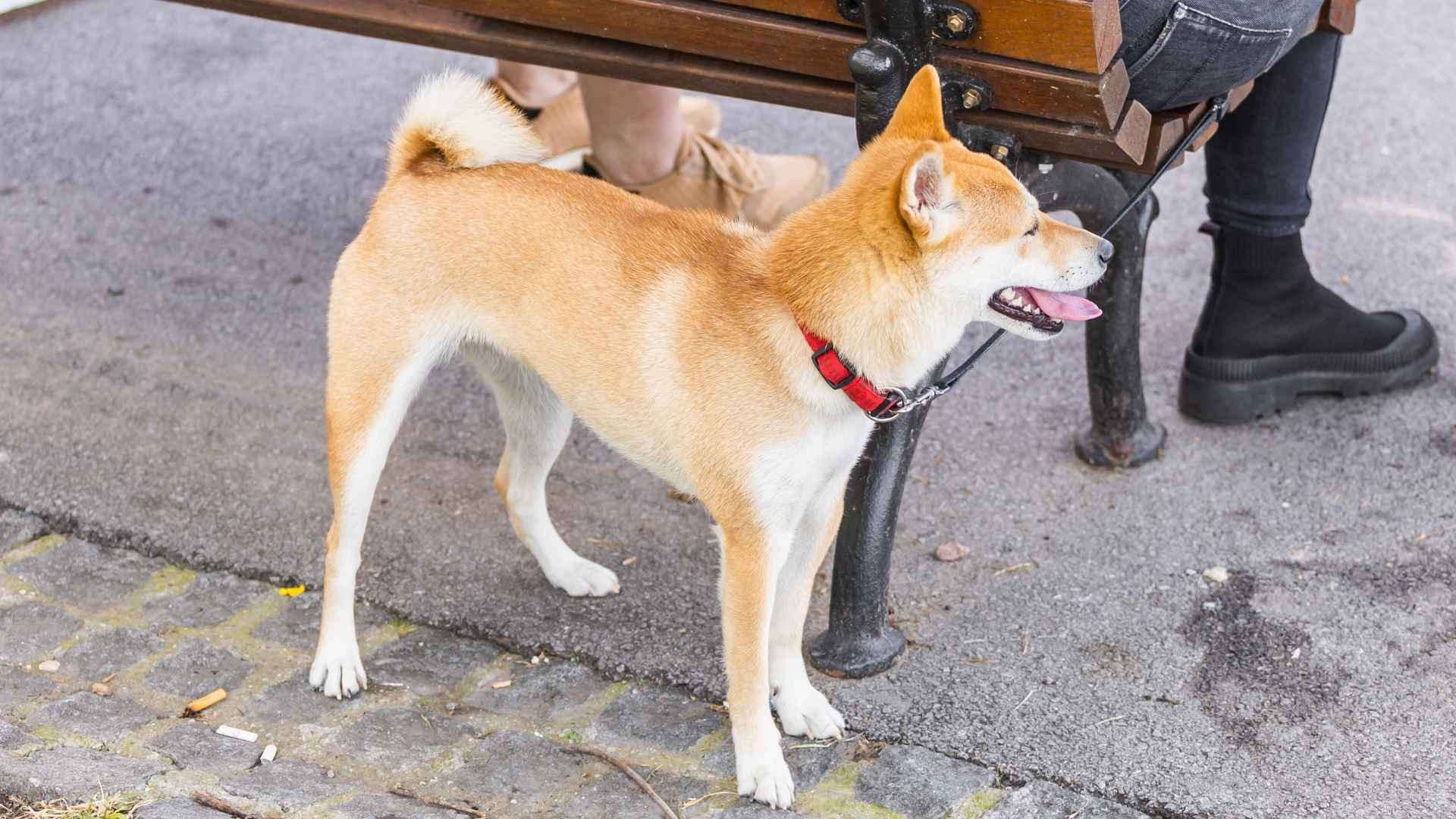Some dogs greet strangers like long-lost friends. Others? They’d rather keep their distance—and that’s totally okay. If you’ve ever had a pup who treated guests like background noise, you already know: some dogs just aren’t wired for small talk.
While they may seem cold to outsiders, these dogs often form unshakable bonds with their people. In fact, independent dogs tend to be fiercely loyal once they let you in.
Whether you’re a fan of peace and privacy or just prefer a pet that won’t shadow you 24/7, this list of aloof dog breeds might be exactly what you’re looking for.
Aloof with Strangers Dog Breeds
1. Chow Chow
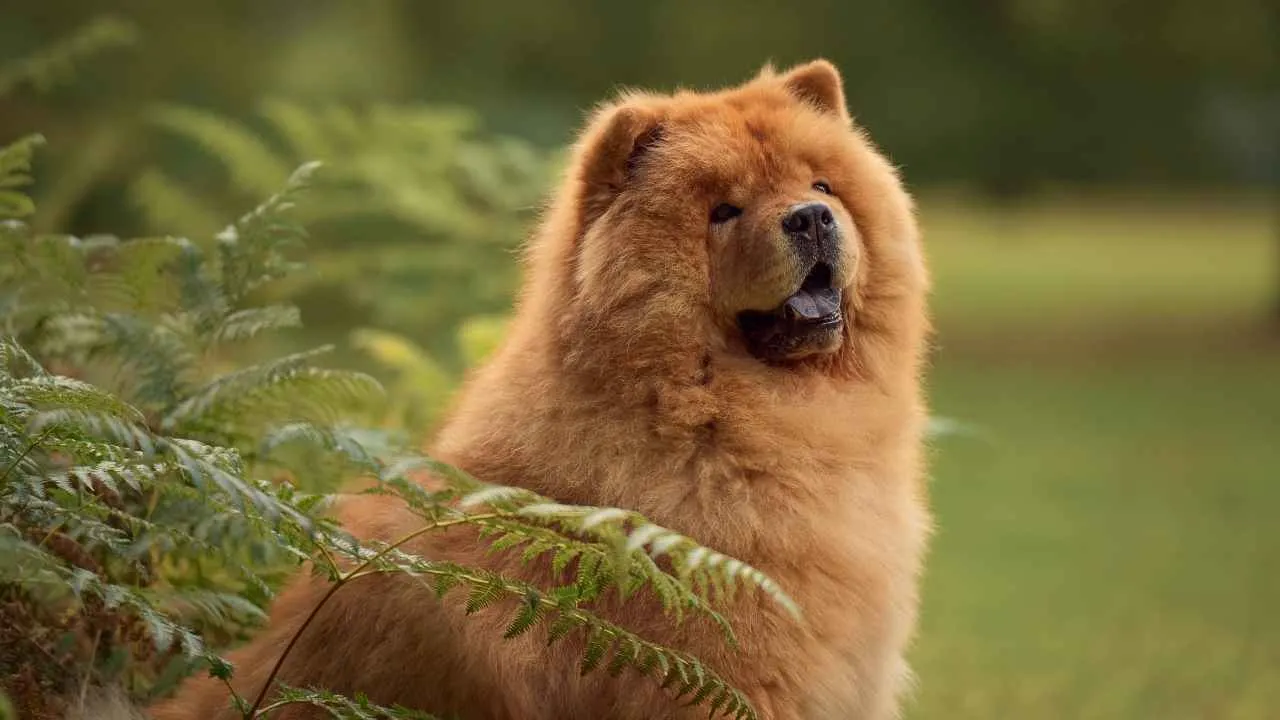
The Chow Chow is a breed with deep roots, originating from northern China over 2,000 years ago. Initially bred for guarding, hunting, and even pulling carts, this dog has been a symbol of loyalty and strength in ancient cultures. Its history is filled with tales of serving royalty and the elite, solidifying its place as one of the most independent dog breeds in the world.
At first glance, the Chow Chow’s lion-like mane and deep-set eyes make it look more regal than your average dog, as Royal Canin claims. Their sturdy, compact frame and unique blue-black tongue only add to their exotic charm. This breed is all about making a striking first impression with a dignified yet reserved nature.
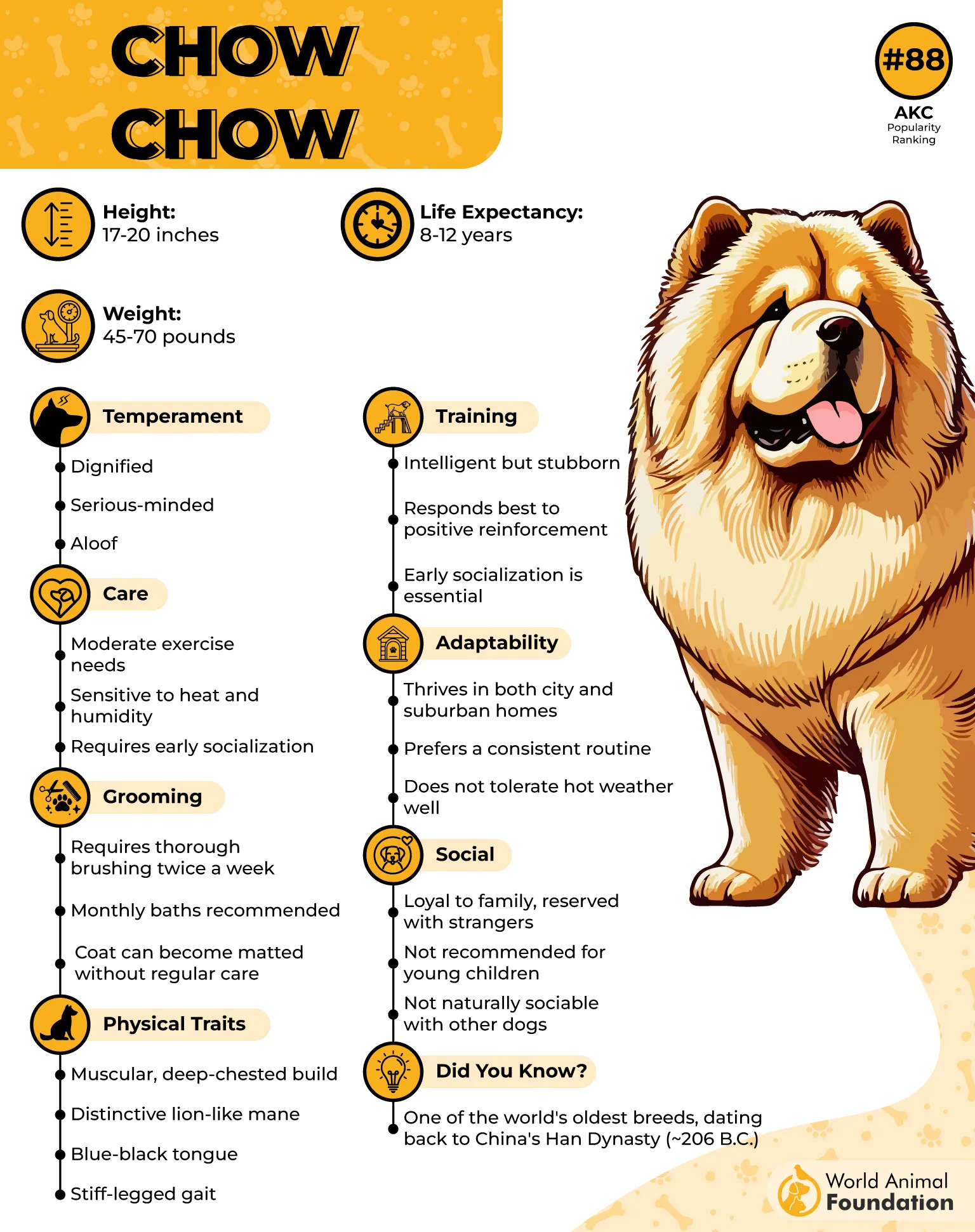
When it comes to strangers, the Chow Chow can be distant, often sizing people up before deciding if they’re worthy of a greeting. Though not known for being overly friendly, they do appreciate their own space and prefer interactions on their terms. Expect them to observe from afar, quietly judging whether you belong in their world.
In the family, the Chow Chow is fiercely loyal and protective, but it takes time to build trust. With their family members, they form strong bonds, often choosing one person to be their favorite. Their aloofness fades in the presence of those they love, revealing a surprisingly affectionate side for those who understand their nature.
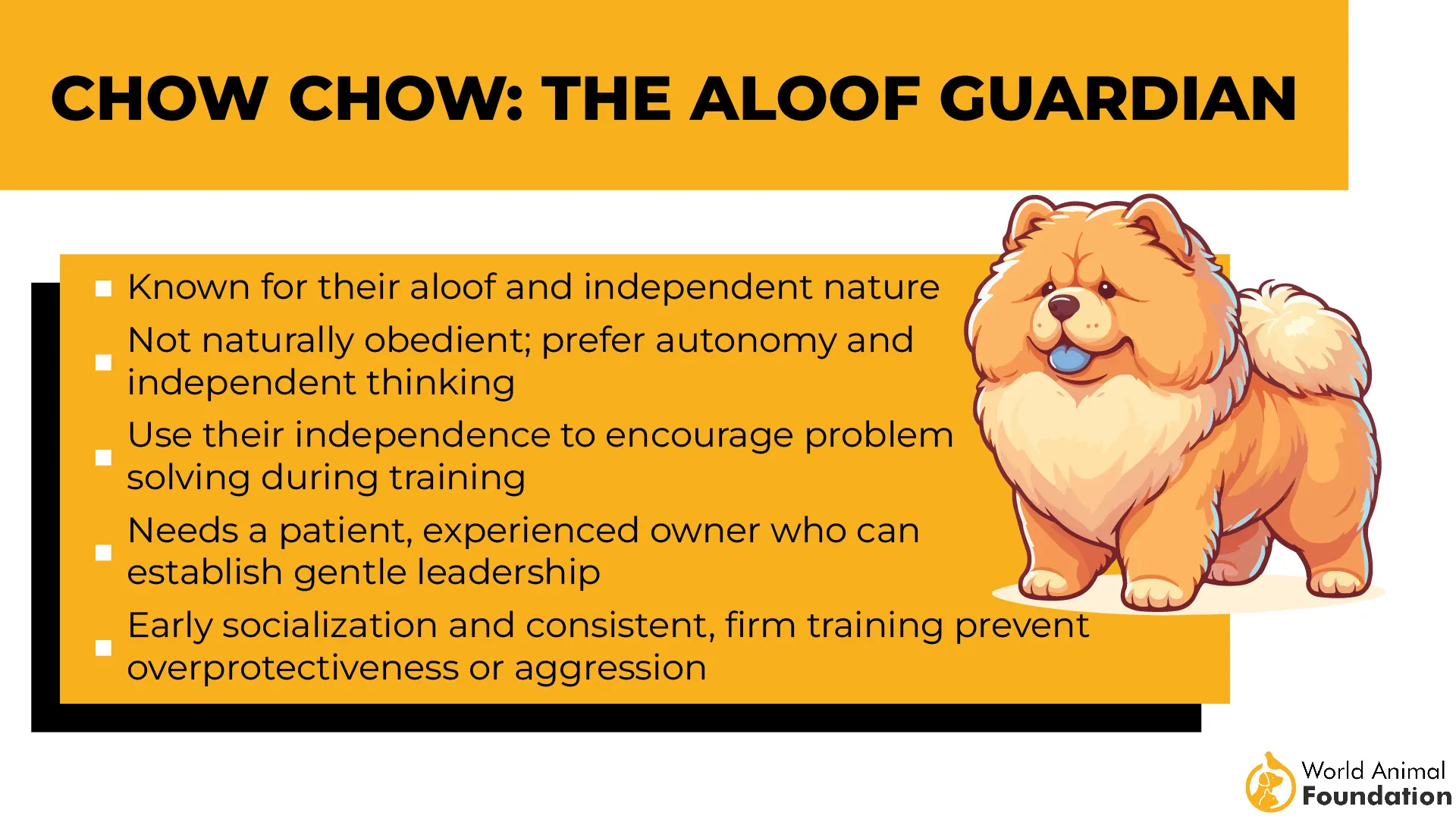
Training a Chow Chow can be challenging due to their strong-willed personality. While they’re intelligent, they don’t always comply, especially if they haven’t been socialized from a young age. Patience and consistency are key, as they prefer to do things at their own pace, making them less eager to please than some other breeds.
2. Chinese Shar-Pei
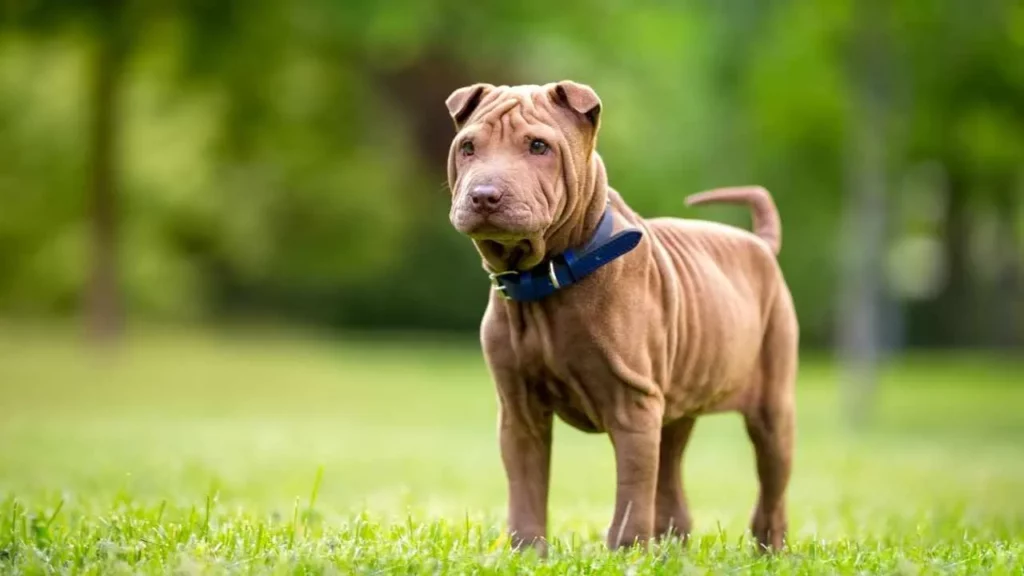
The Chinese Shar-Pei comes from the mysterious streets of China, where it was originally bred for guarding and hunting purposes. With a history that stretches back over 2,000 years, this wrinkle-covered dog was used to protect homes and livestock. Their independent nature makes them proud protectors, and it’s no surprise they’ve maintained their regal charm through the ages.
When you first lay eyes on a Shar-Pei, it’s impossible not to notice those signature wrinkled cheeks and deep-set eyes. Their unique appearance, with a “hippopotamus” face, will make you do a double-take. Not to mention, their stocky build makes them look like a cuddly teddy bear, despite their naturally wary demeanor.
Strangers are met with cautious eyes and a slow, deliberate approach. The Shar-Pei doesn’t jump into new friendships, preferring to take its time to observe before allowing someone into its world. This breed doesn’t crave constant attention, and they tend to keep their distance until they’re sure you’re worth the effort.
Once you’ve earned a Shar-Pei’s trust, you’ll experience their loyalty in full force. They form deep bonds with their owners, especially those they’ve grown attached to. In a family dynamic, they may play it cool, but underneath their aloof exterior is a dog that’s truly devoted to their people, despite their quiet nature.
Training a Shar-Pei isn’t a walk in the park—they’re not the type to just jump into obedience for treats. This breed has a stubborn streak that requires patience and consistency. Early socialization is crucial as it helps soften their natural wariness, allowing them to better adapt to new people and situations.
3. Afghan Hound
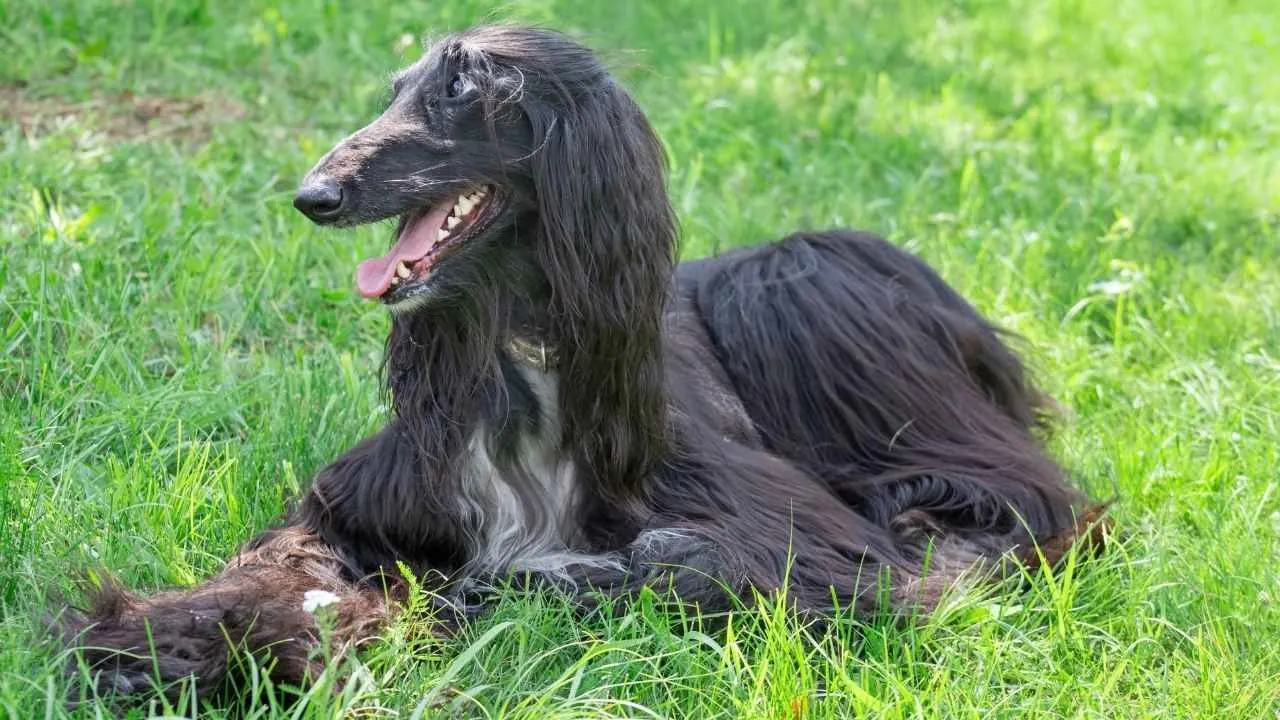
The Afghan Hound has a history as elegant as its appearance, hailing from the mountainous regions of Afghanistan. Originally bred for hunting, this graceful dog was a skilled companion for nomadic hunters, effortlessly chasing down prey. Despite their glamorous looks, these hounds are naturally protective of their families, always keeping a watchful eye out.
When you see an Afghan Hound, it’s hard to miss their long, flowing coat and dignified stance. They seem almost regal, like they’ve stepped out of a royal palace. With a slender frame and a proud expression, they’re definitely one of the most strikingly beautiful dogs around, making them the stars of any room they enter.
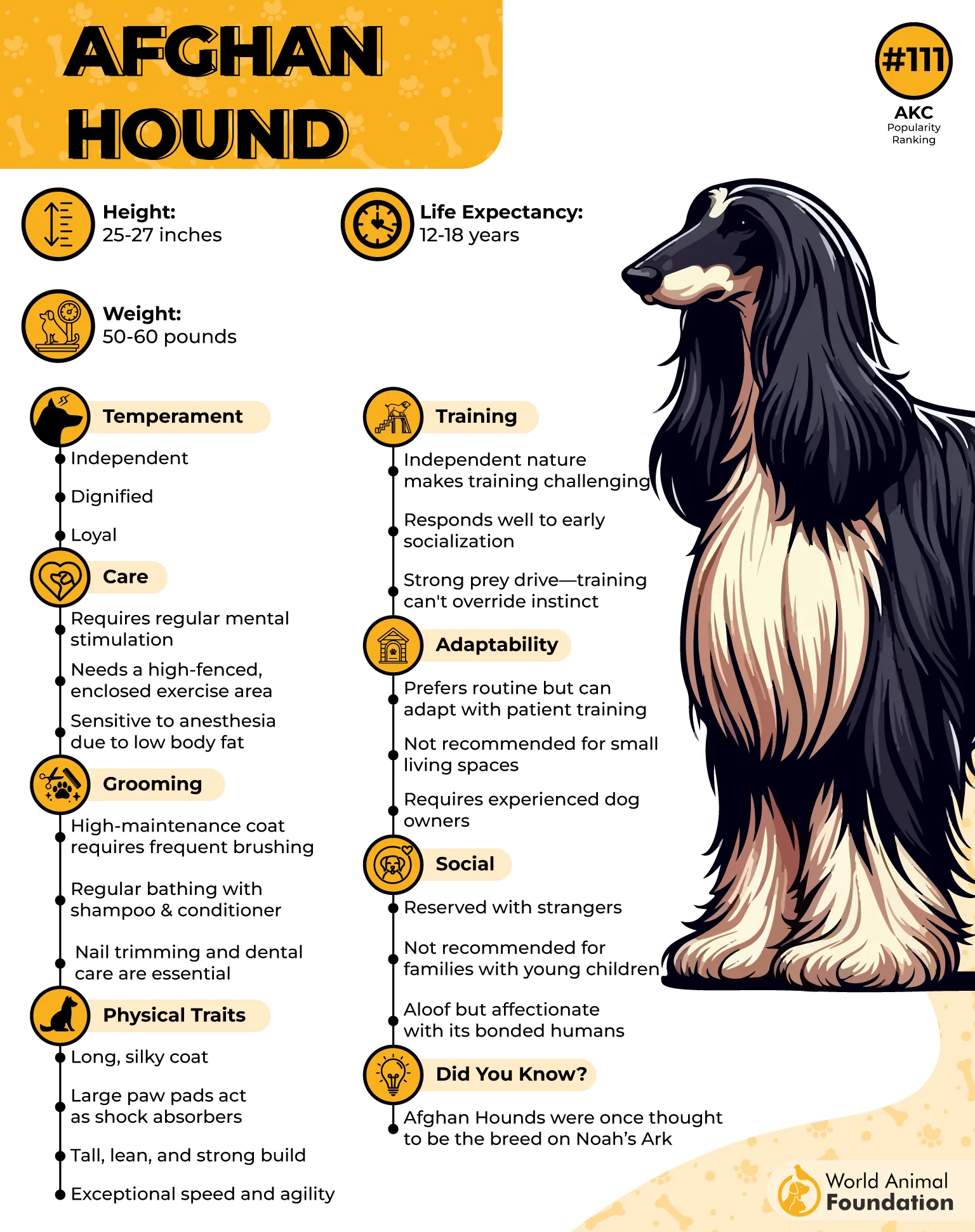
This breed isn’t one to rush into relationships with strangers. Reserved with strangers, Afghan Hounds take their time to assess the situation, as the AKC stated. Once they’re comfortable, they’ll open up, but don’t expect an instant buddy. They have a distinct air of mystery, which only adds to their allure.
Loyalty is a hallmark of the Afghan Hound’s character. Once they bond with their owners, it’s for life. They thrive in families and develop loyal bonds with those they care about, always keeping an eye out for their loved ones. But remember, they cherish their personal space, so don’t expect them to snuggle up on demand.
Training an Afghan Hound requires patience—this breed has a mind of its own! Early training is key, as they tend to follow their instincts more than commands. But when motivated, these dogs are quick learners, and while they may be a bit aloof, their independent streak doesn’t stop them from being great companions.
4. Basenji
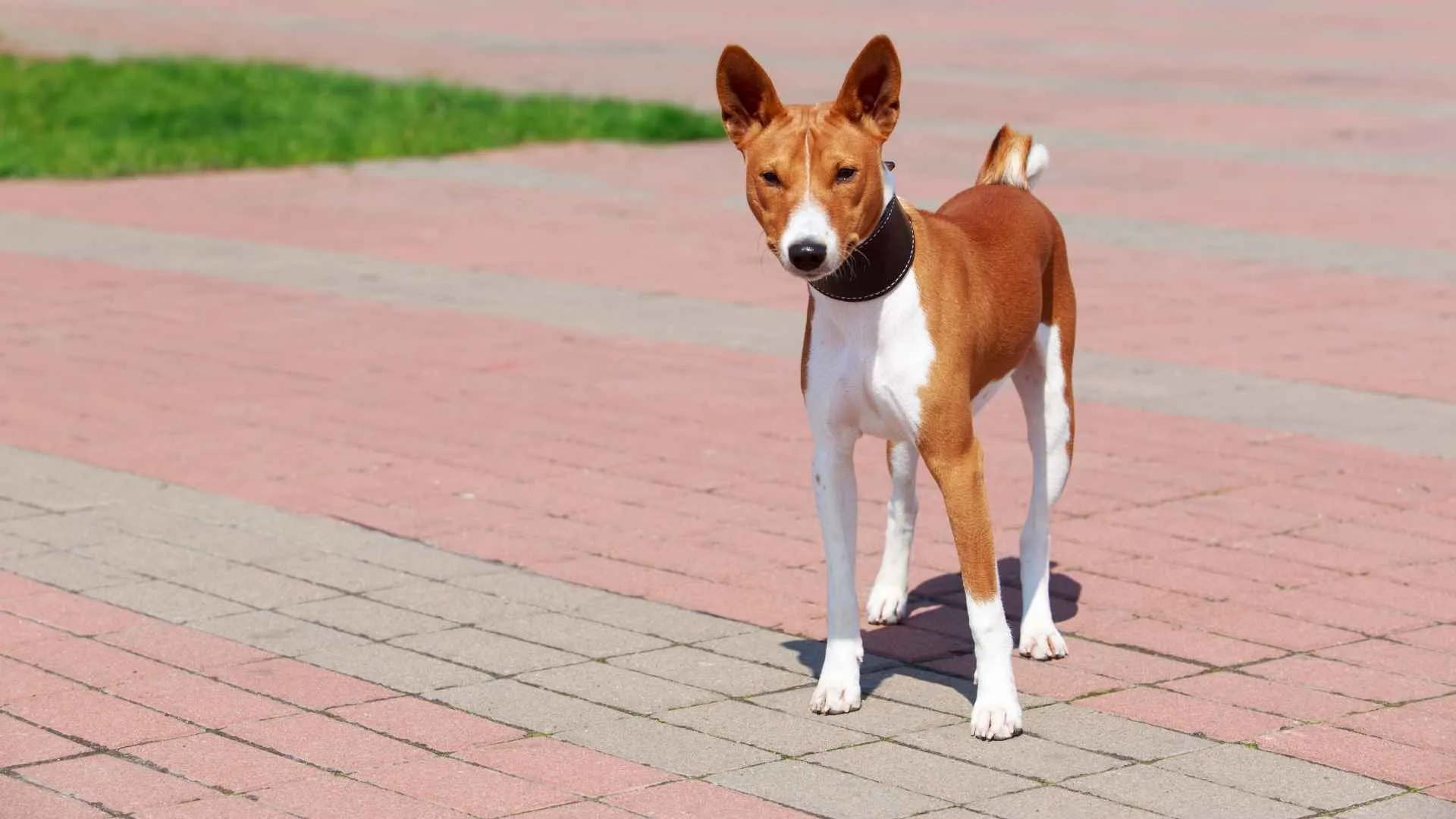
The Basenji’s roots trace back to Central Africa, where it was originally bred to help hunters track game. Known as the “barkless dog,” this breed communicates in a variety of other fascinating ways. Highly protective, Basenjis have a natural instinct to keep an eye out for their families, making them excellent watchdogs despite their small size.
When you first spot a Basenji, you’re likely to be taken aback by their sleek, elegant appearance. With a compact body, tightly curled tail, and expressive eyes, they look like they just stepped off the cover of a canine magazine. Their high energy and unique, fox-like expression give them a distinct flair.
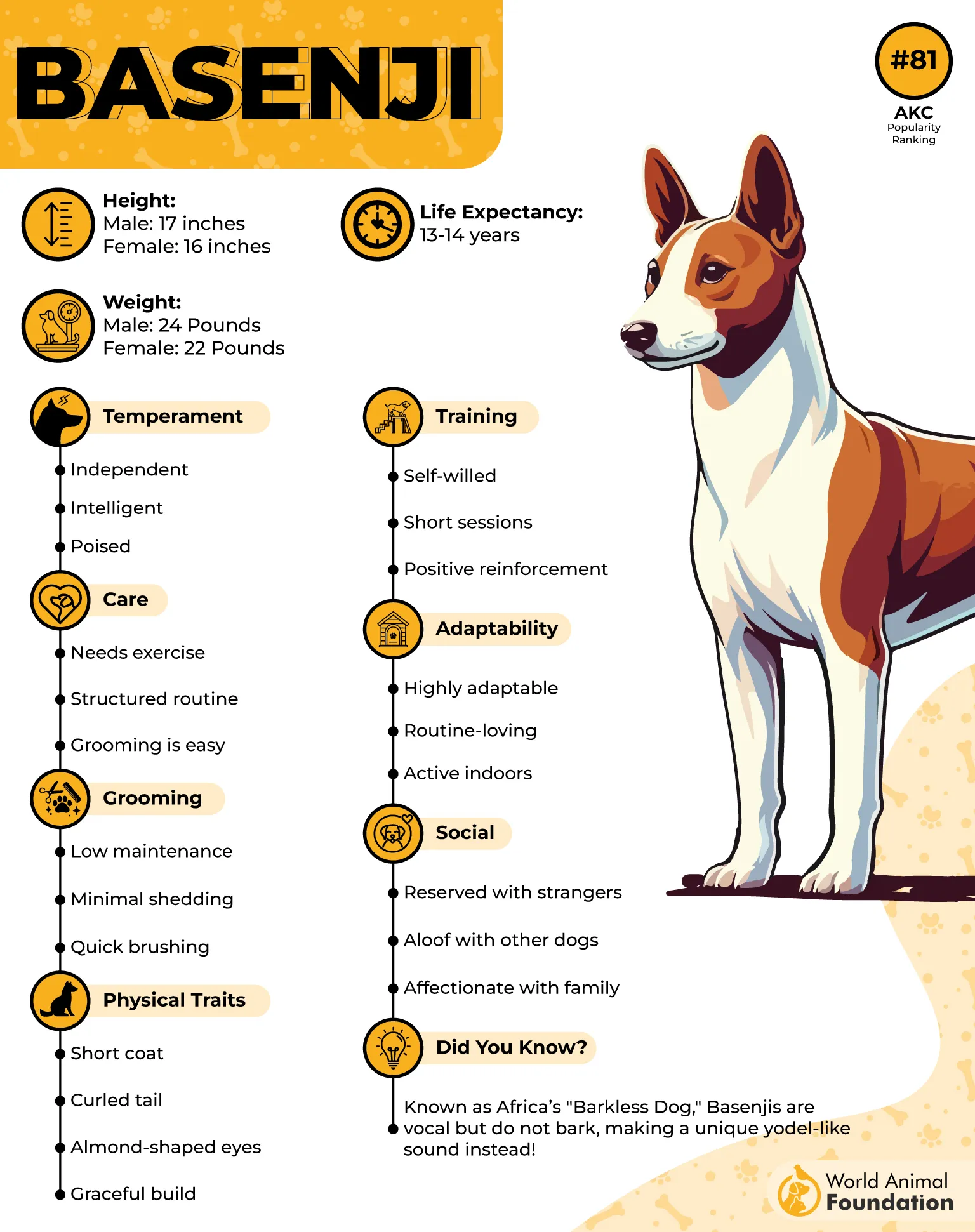
This breed isn’t exactly known for being the most welcoming to unfamiliar people. It’s not that they’re aggressive, but they do tend to take their time when it comes to warming up. Once they’ve decided you’re okay, though, their affectionate side comes out in full force.
While they can be a bit reserved with strangers, Basenjis are deeply connected to their families. They form well-adjusted bonds with their owners, and though they enjoy their independence, they also love spending time with their human companions. It’s this balance that makes them such fun and interesting pets to have around.
Training a Basenji can be a little challenging, mainly because they tend to follow their own rhythm rather than a strict command list, as per Orvis. Still, calm and consistent training works wonders for this independent breed. They might not be the easiest to train, but their intelligence and eagerness to please shine through once they trust you.
5. Borzoi
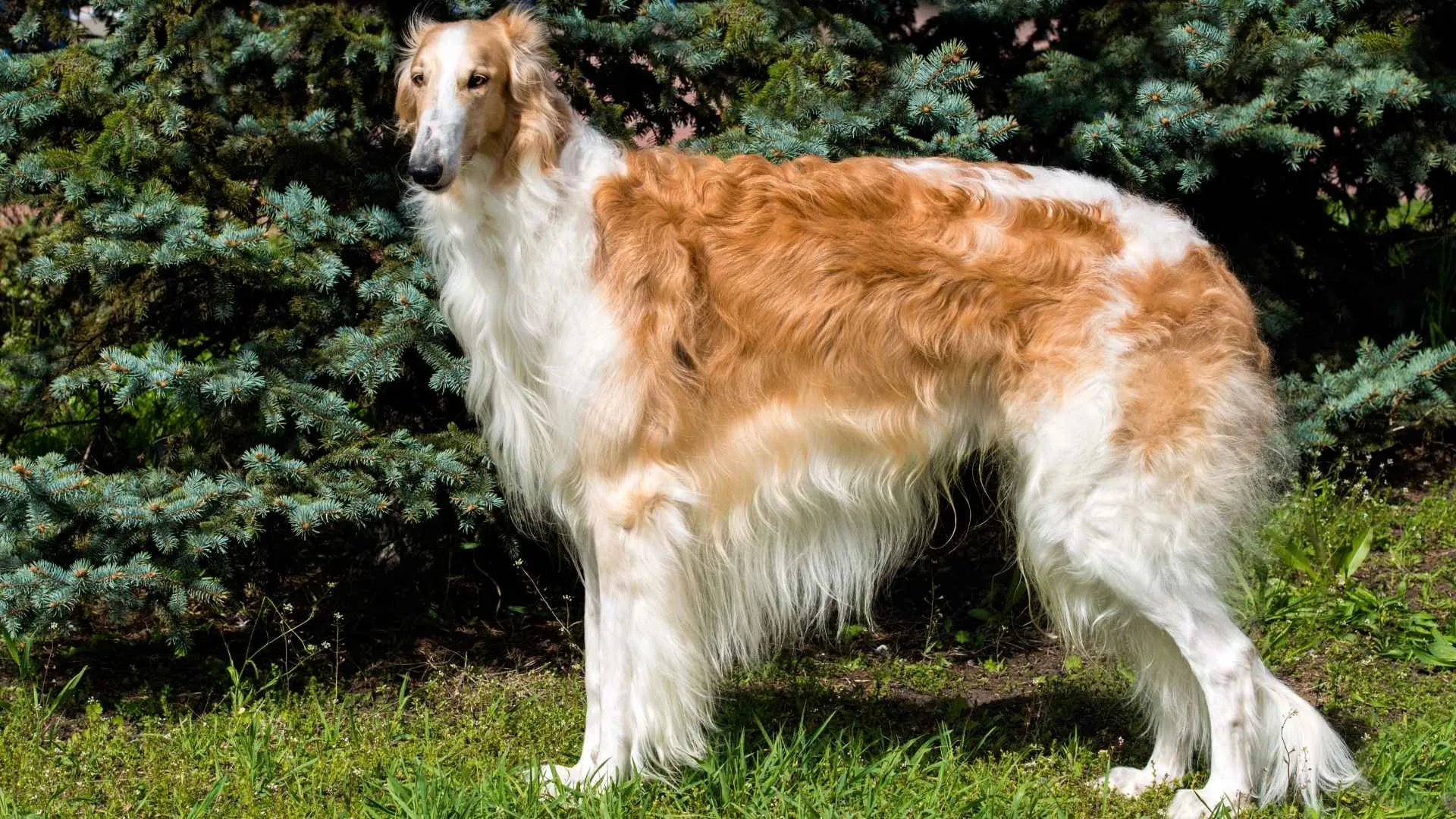
Originating in Russia, the Borzoi was bred for hunting in the expansive, cold landscapes. Known for its grace and speed, this breed was originally used to chase down game, particularly wolves, in the wild. Generally calm and composed, Borzois are now mostly seen as elegant companions in households around the world.
Their appearance is nothing short of regal, with a long, silky coat that flows like a cloud in the breeze. With their narrow, elongated head and noble stature, Borzois have a certain suspicious aura about them that commands attention. They look like they could easily be part of a royal family, only with a bit more speed.
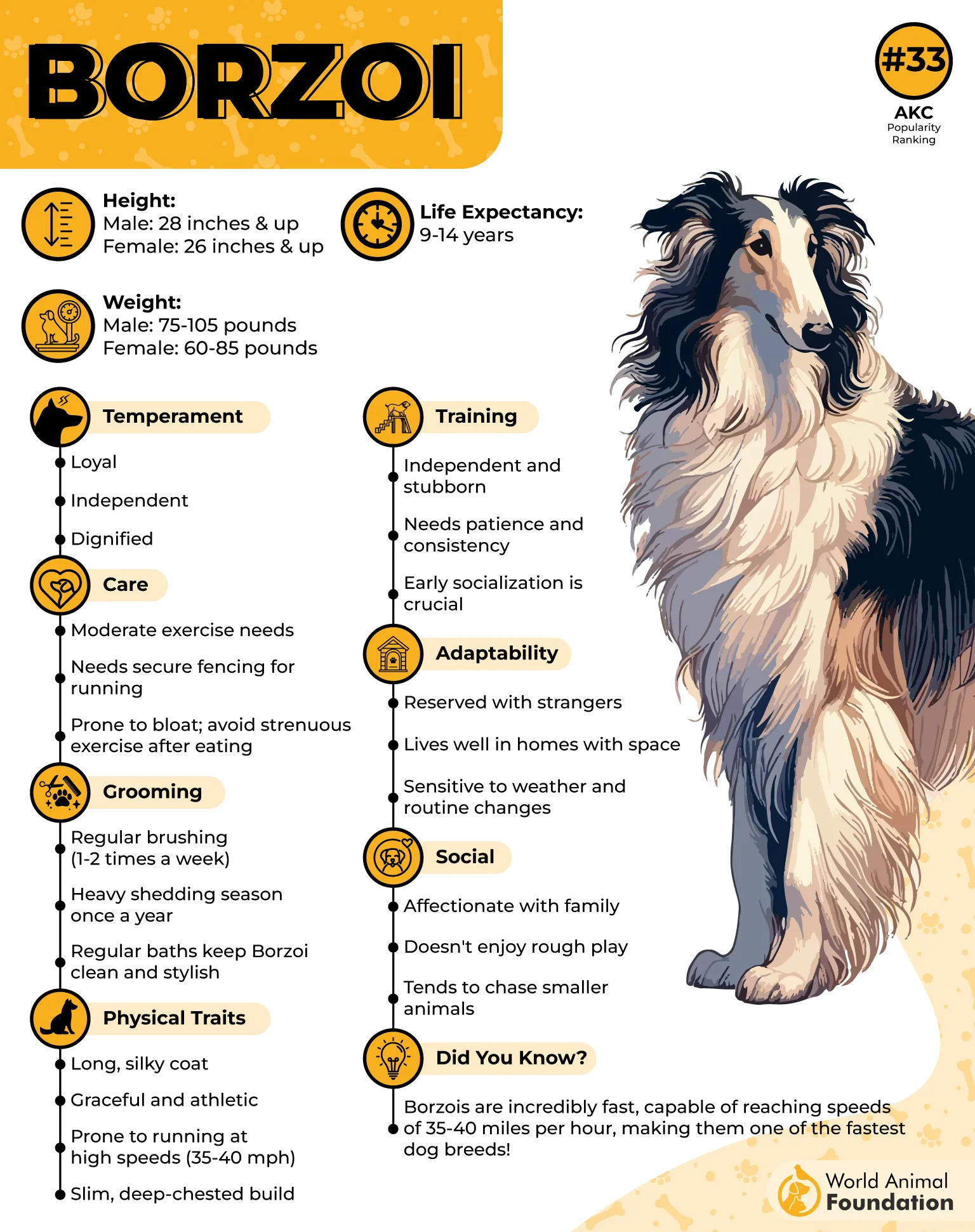
While they’re not outright aggressive, Borzois can be wary of strangers at first. It’s not that they don’t like new people; it’s just that they take their time assessing unfamiliar faces. Once they’ve had a moment to size someone up, they may warm up, but they definitely prefer to keep things at their own pace.
Their wary nature extends to new situations, too. Borzois tend to take a step back when faced with the unfamiliar. It’s not that they can’t adapt; they just prefer to observe before diving in. However, once they feel comfortable, they can become incredibly affectionate and loyal.
Though Borzois are known for their independence, they form strong bonds with their families. They’re great examples of balance—independent yet loving, reserved yet deeply affectionate when they trust their family members. Their training can take some patience, but with the right approach, they become loyal companions for life.
6. Alaskan Malamute
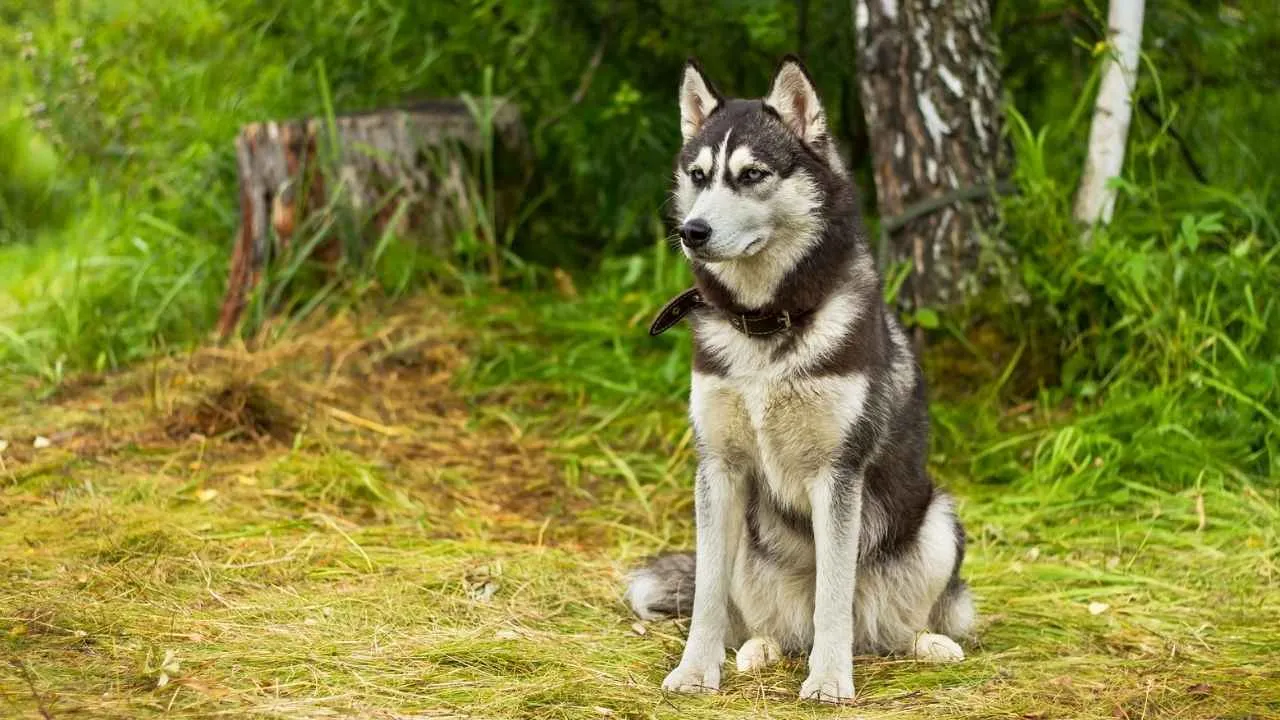
The Alaskan Malamute hails from the rugged landscapes of Alaska, where they were bred to pull heavy sleds across icy terrains. Known for their strength and endurance, these dogs have been companions to Arctic explorers for centuries. Their history is one of resilience and hard work, making them true northern adventurers.
With their thick double coat, large frame, and wolf-like features, Malamutes look like they’re ready to take on the world. Their gentle nature may not immediately be obvious due to their imposing size, but don’t let their strong appearance fool you—they’re big softies at heart. They carry themselves with an air of confidence, like a majestic snow king.

When it comes to strangers, the strong sense of loyalty kicks in. They’re generally not the type to rush to greet someone new, but they’re not exactly standoffish either. These dogs like to take their time and assess a situation before becoming fully comfortable with newcomers. In their world, trust is earned, not freely given.
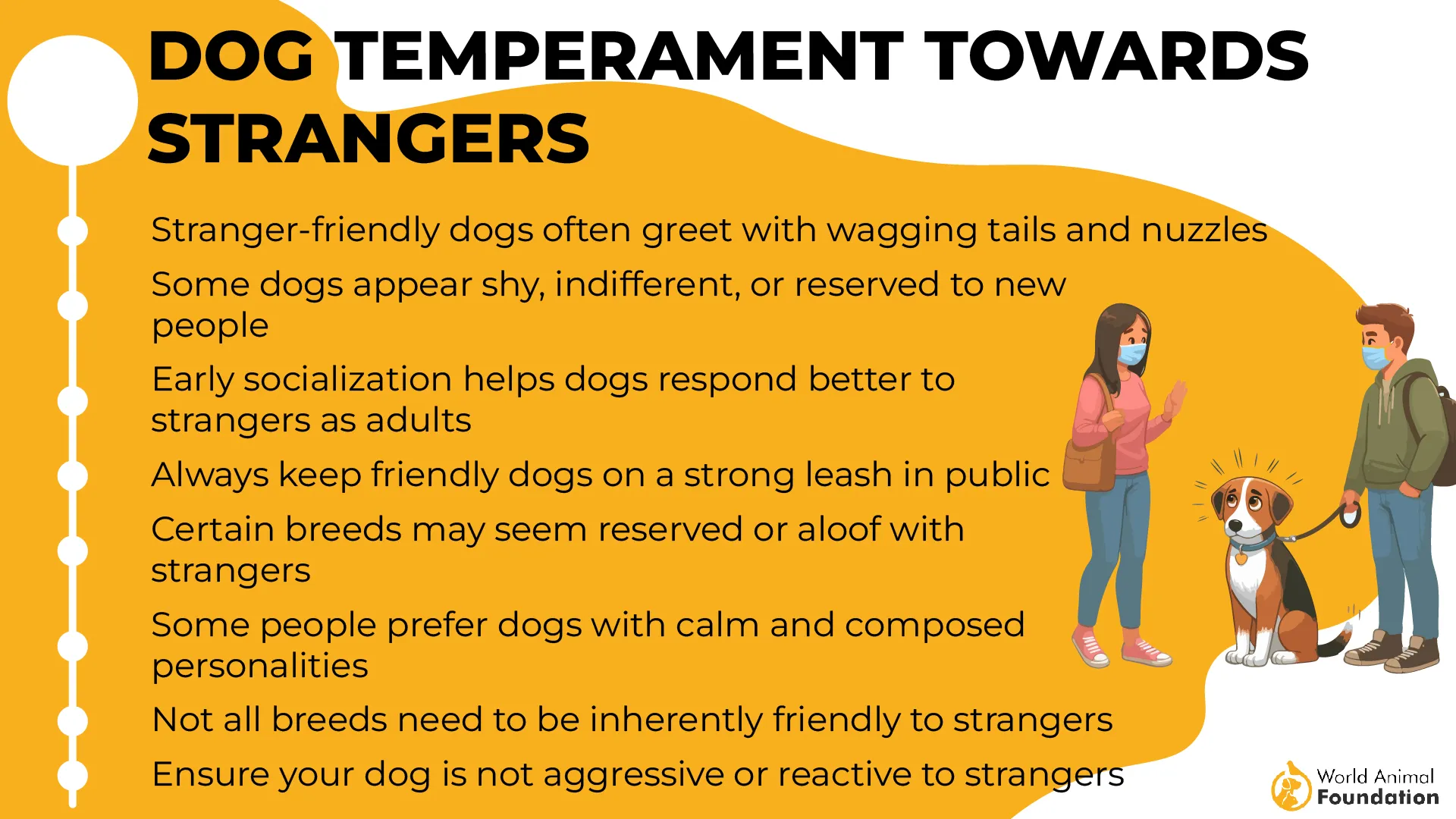
Alaskan Malamutes thrive in family environments, where they can bond with their human companions. They’re known to be incredibly affectionate with their family members, often forming lifelong, deep connections. Their love for their family is unwavering, and they’re always ready to protect the ones they hold dear.
Training a Malamute requires patience and consistency, as they tend to have an independent streak. While they’re incredibly smart, they’re not always eager to please, which can make training a bit of a challenge. However, once they see the value in the task, their dedication shines through, and they become reliable, loyal companions.
7. Belgian Malinois
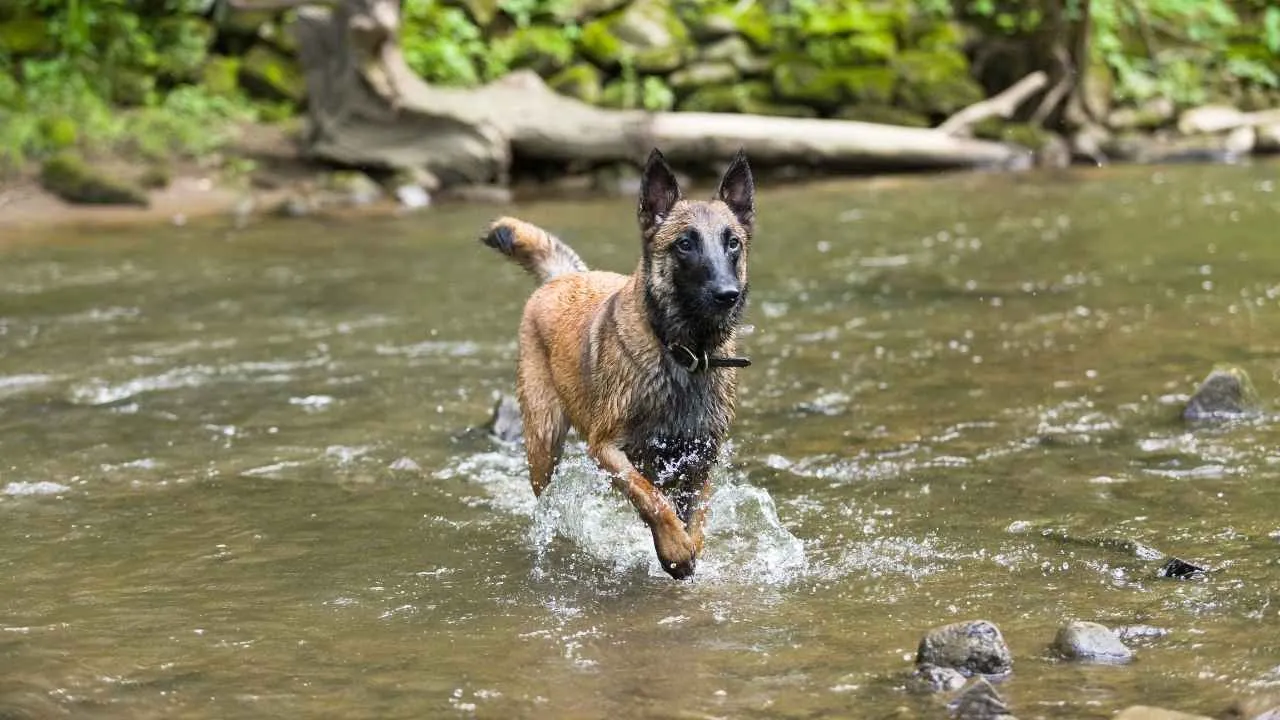
The Belgian Malinois has its roots deeply embedded in Belgium, where it was bred to be a herding dog. Their sharp instincts and high energy made them ideal for work, whether it was guarding flocks or assisting in police and military duties. This breed is no stranger to action and excitement and is always up for a challenge.
At first glance, the Malinois is all about elegance and strength, with a sleek, athletic build that’s ready to spring into action. Their alert expression and deep eyes speak volumes about their focus and determination. It’s no surprise these dogs are often seen as one of the best working breeds around, even though they look like they could win any beauty contest as well!
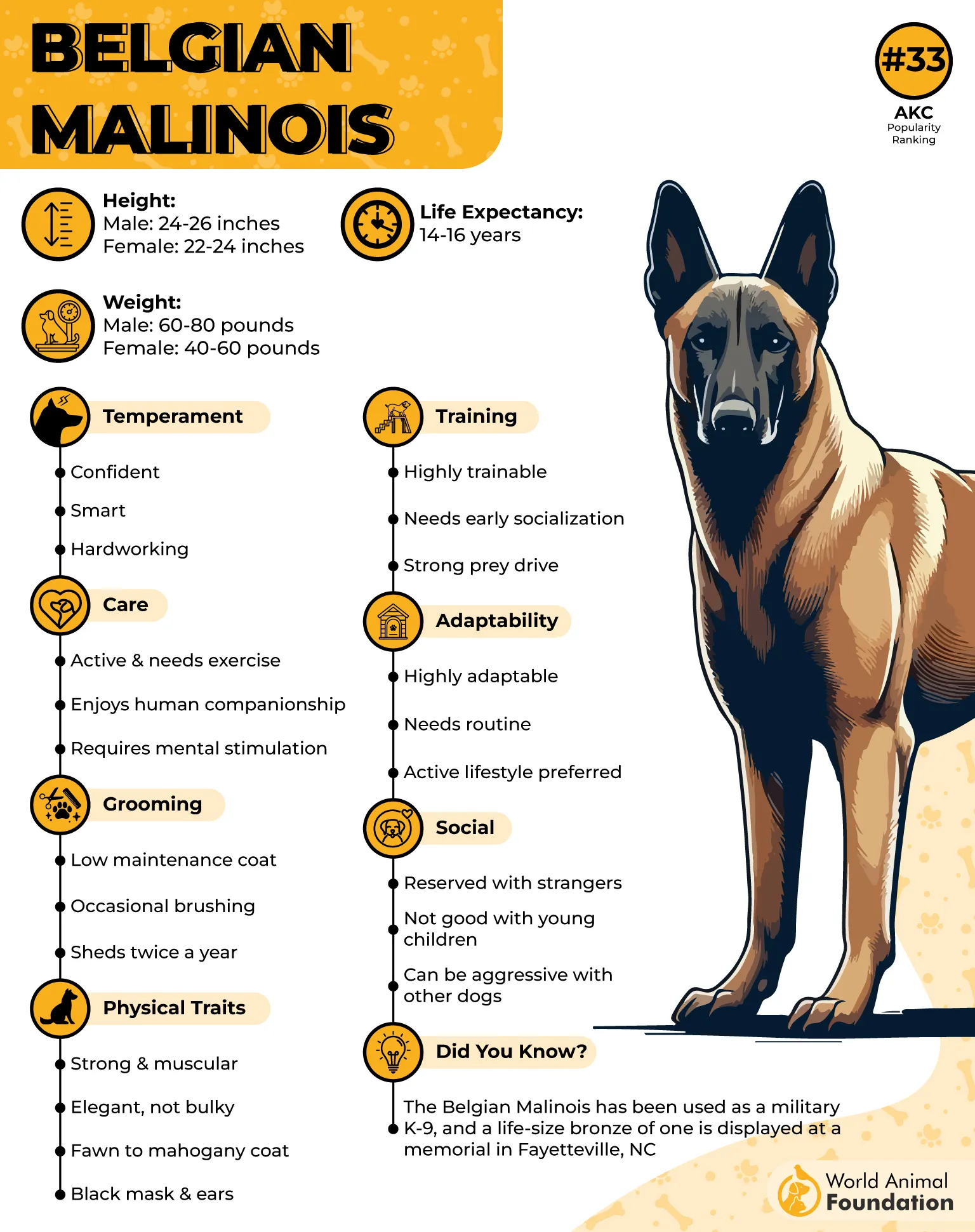
When meeting strangers, the Belgian Malinois tends to be a little cautious at first. They’re not quick to trust, but once they sense there’s no threat, they warm up. These dogs are instinctively protective, and their guard dog mentality means they’re always on alert, scanning their surroundings for anything unusual.
In terms of family dynamics, the Belgian Malinois is incredibly loyal. They’re devoted to their owners and thrive in environments where they’re included in daily activities. This breed bonds deeply with its human family, often becoming an indispensable member of the household, especially when they have an active lifestyle.
Training the Belgian Malinois is a rewarding experience if you’ve got the right approach. They’re incredibly intelligent and eager to work, but they can be a little independent at times. With the proper guidance, they excel in obedience and are capable of learning complex tasks quickly, making them a joy to train for those who know how to engage them.
8. Akita
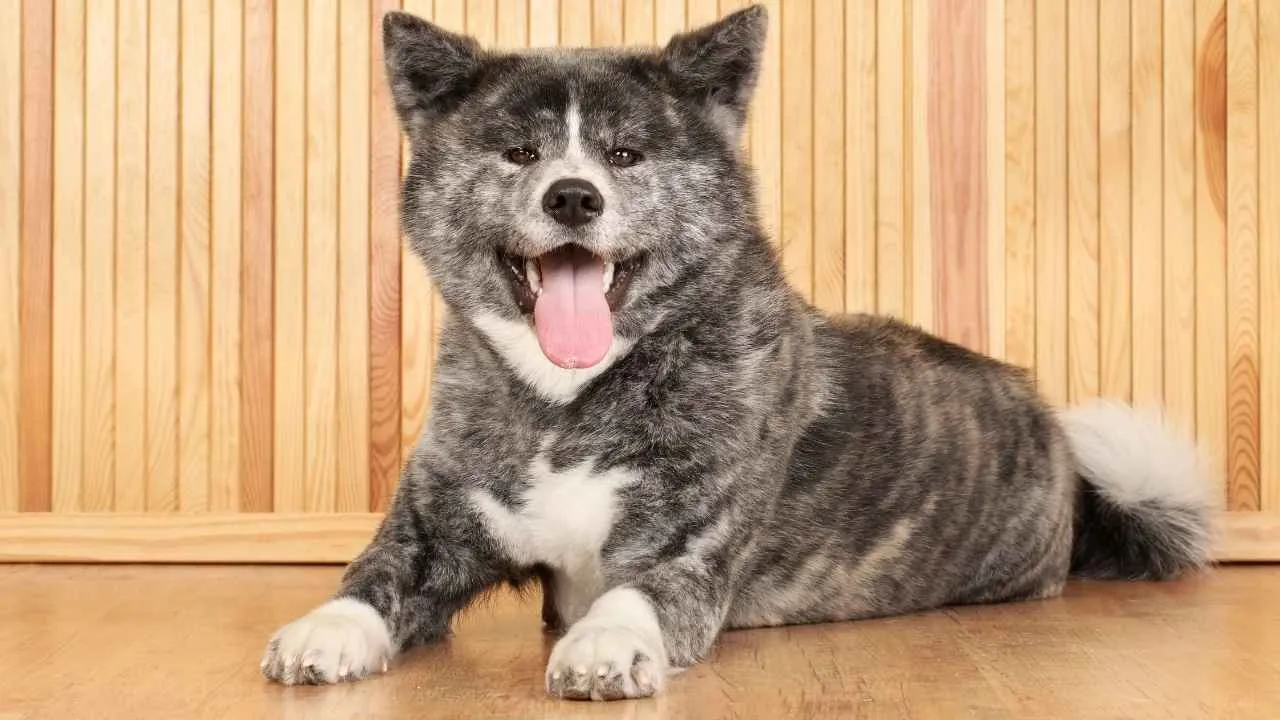
The Akita is a breed with a rich history, originally hailing from Japan, where it was bred as a hunting and guarding dog. These majestic dogs were once used to track and hunt large game like bears, wild boars, and deer. Their strong, athletic build made them well-suited for such tough tasks, and they continue to carry that strength today.
With their powerful frame and broad head, the Akita has an undeniable presence. Their dense double coat, which comes in various colors, adds to their regal appearance, and their alert, intelligent eyes only heighten their imposing yet beautiful demeanor. These dogs exude confidence and a sense of quiet strength.
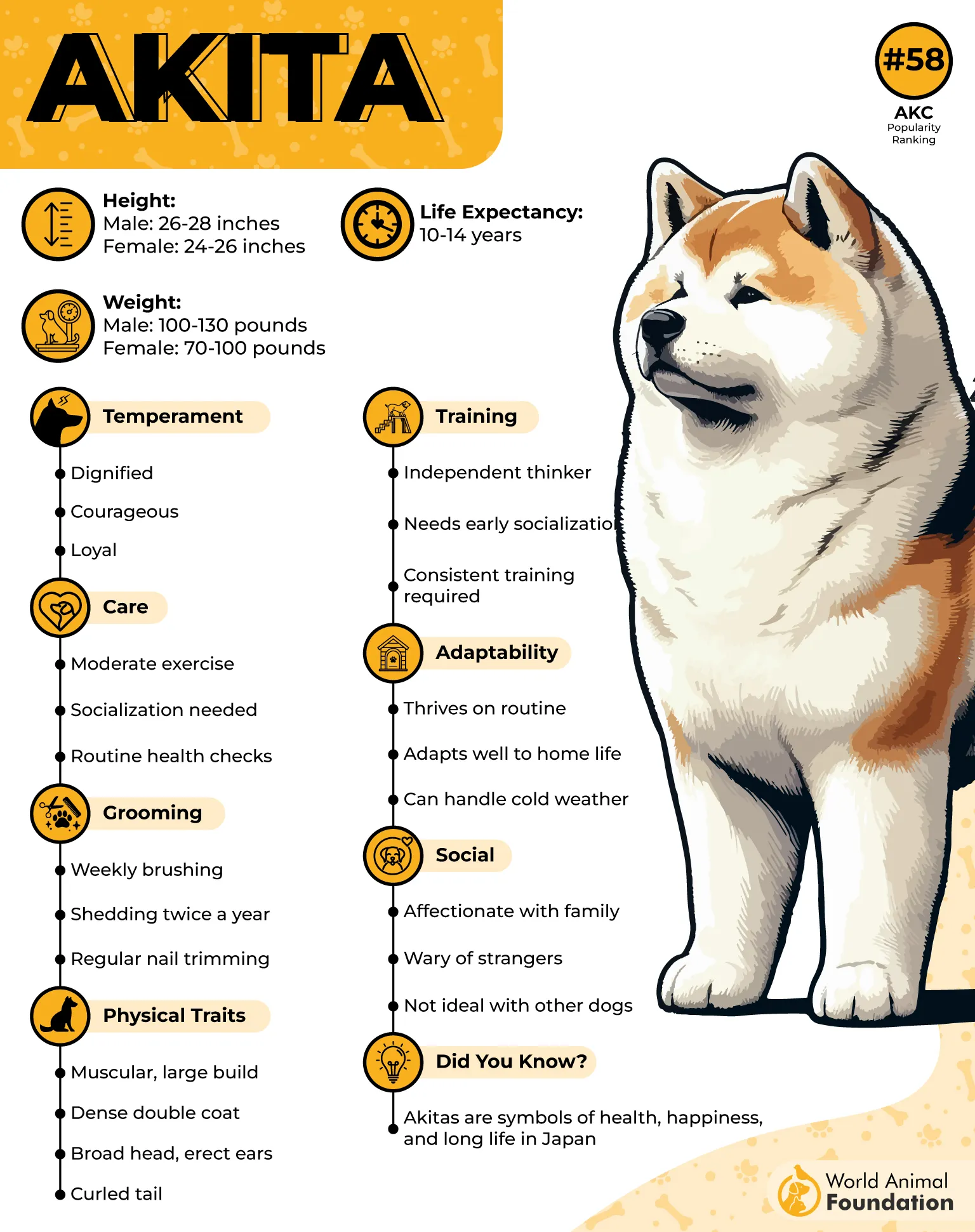
When it comes to strangers, the Akita is naturally reserved and tends to be quite aloof. They are not the type to jump up and greet new faces right away. However, their calm and composed nature makes them less likely to show aggression unless they feel their family is in danger, showcasing their strong protective instincts.
At home, the Akita is deeply loyal to its family, forming strong, sometimes even one-on-one bonds with their owners. While they may be independent and have their own space, they are incredibly protective and will fiercely defend their loved ones. Their family is their top priority, and they expect the same level of loyalty in return.
Training the Akita requires patience and consistency, as they can be quite stubborn. They are intelligent and independent thinkers, which means they need a strong, confident leader who can offer firm guidance. While they may not always be the easiest to train, the rewards are great, as an Akita can be a well-behaved, obedient companion with the right approach.
9. Shiba Inu
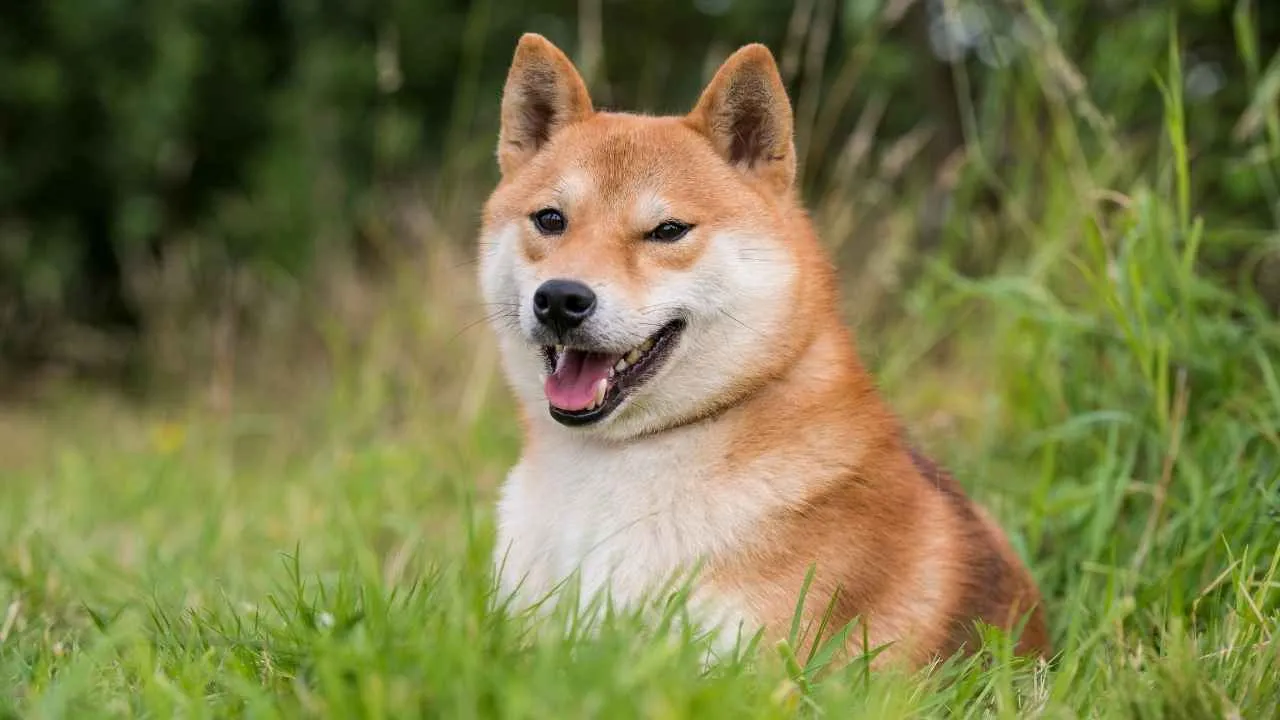
The Shiba Inu hails from Japan, where it was bred to hunt small game in the mountainous regions. Known for their agile and energetic nature, Shibas were used to track down everything from birds to wild boars. Even today, this compact breed’s athleticism and independent streak make them stand out among their peers.
With their curled tail, perky ears, and fox-like appearance, Shiba Inus are undeniably cute—yet their personality is just as captivating as their looks. This little powerhouse is full of spunk, and its striking coat colors, ranging from red to black and tan, only enhance its bold presence.

Shibas are known for being somewhat aloof around strangers, often giving you the “who are you?” look when meeting new people. While they’re not likely to offer an immediate warm greeting, they are loyal and affectionate with their family once they’ve warmed up to you. Don’t expect them to rush into a new friendship, though!
Once you’re in their circle, the Shiba Inu is a loving, fun companion who will follow you around with their signature “grumpy face.” They may be independent, but that doesn’t stop them from forming strong bonds with their humans. In fact, they can be quite the loyal little sidekick, as long as you respect their space.
Training a Shiba Inu can be a bit of a challenge since this breed is as stubborn as they come. However, their intelligence and determination mean that with the right amount of patience and consistency, they can be taught to follow commands. Just be prepared for some playful resistance along the way!
Conclusion
While the Tibetan Mastiff stands out as one of the most independent dog breeds, it’s important to note how each breed brings its unique traits to the table. Whether it’s the lovable German Shepherds or the adorable Basset Hounds, there’s a dog for every personality. Great Pyrenees can be a perfect fit for those who need a protective, affectionate companion.
Choosing the right breed for your family is about more than just looks or size; it’s about finding a dog that fits your lifestyle and temperament. Dogs like the Rottweiler may offer both strength and affection, making them great family companions. But remember, every breed brings its unique qualities that make it special.
Don’t overlook the importance of early training and socialization. Breeds like the Shiba Inu or Alaskan Malamute might seem reserved initially, but with proper training, they can become loyal companions. With the right environment, any dog can thrive, and your bond will flourish over time.
Whether you’re looking for a laid-back dog or a lively companion, the diversity of breeds ensures you’ll find the perfect match. Other dogs, like the Malinois, can be highly energetic and require a lot of mental stimulation. Always remember that the key to a strong relationship with your dog is understanding their needs and nurturing their individuality.
In the end, choosing the right breed is a deeply personal decision. Whether you opt for a Tibetan Mastiff, a Rottweiler, or another breed, the matter is about finding the dog that fits your home. So, choose wisely, and enjoy the companionship of your loyal and loving dog!


